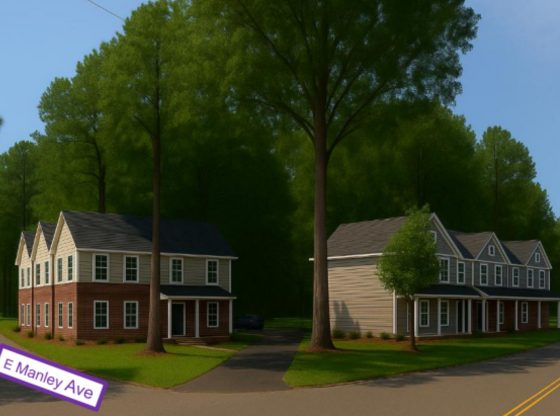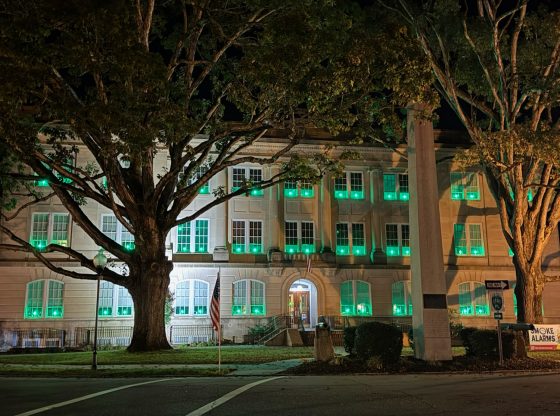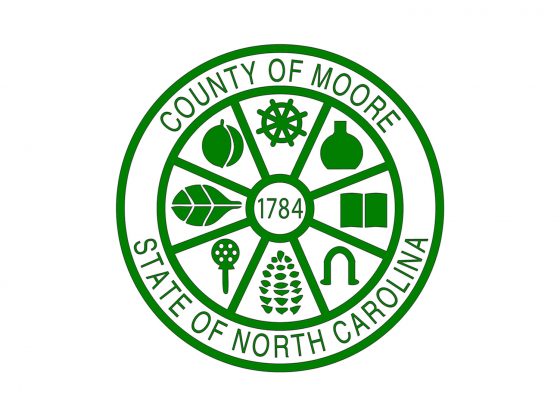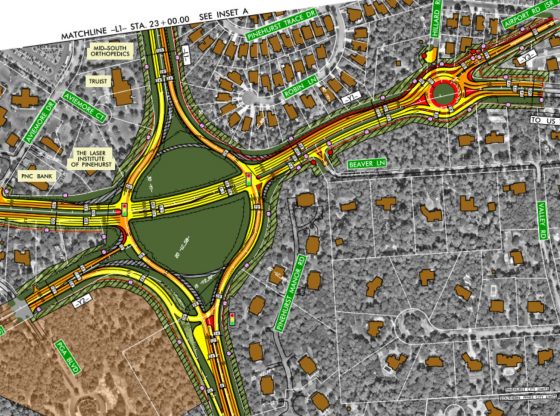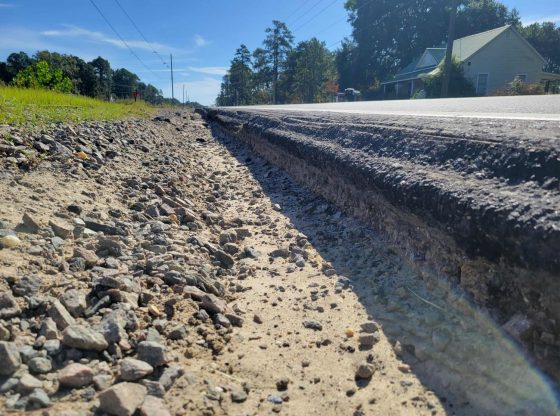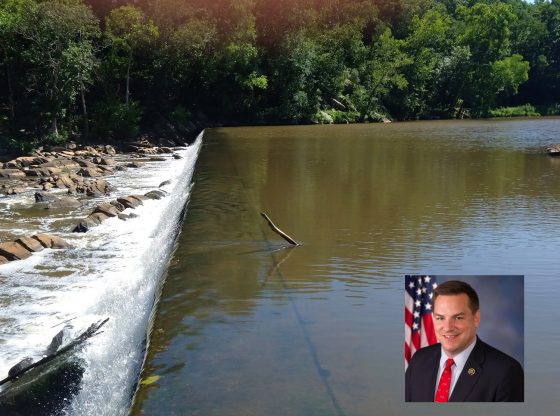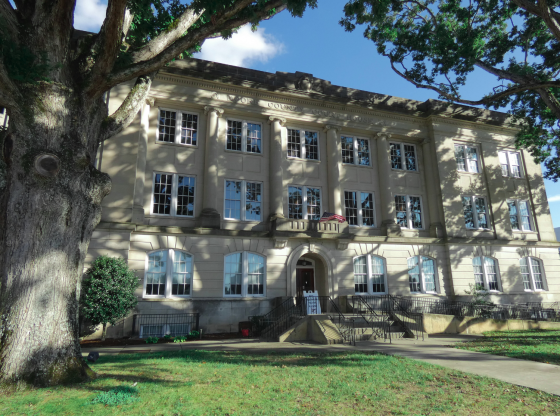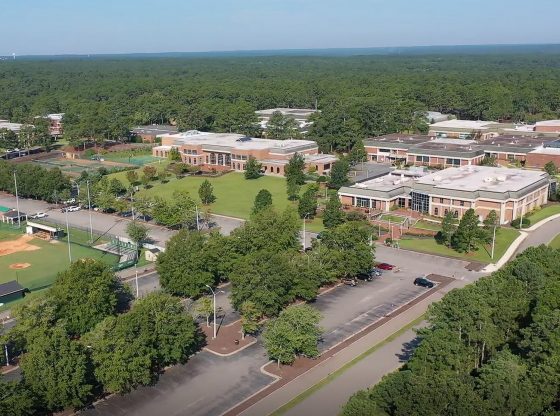In 2022, Moore County witnessed an unprecedented $750 million in economic impact from visitor spending, an 11 percent increase from the previous year.
Moore County remains the 10th highest tourism economy in the state, its highest ranking in history. The data comes from an annual study commissioned by Visit North Carolina, a unit of the Economic Development Partnership of North Carolina, and compiled by Tourism Economics in collaboration with U.S. Travel Association.
“Visitors to Moore County spent three quarters of a billion dollars here in 2022 and that’s an historic and amazing achievement for our destination that has no mountains and no beach, but is emerging as one of the hottest leisure destinations in North Carolina,” said Phil Werz, president and CEO of the Pinehurst, Southern Pines, Aberdeen Area Convention and Visitors Bureau in a press release. “While golf is king inside the ‘Home of American Golf’ and we’re about to host a U.S. Open next summer, we are also a unique destination when it comes being more than just golf, with fabulous options off the course as well such as dining, shopping, history, the arts, outdoor recreation and agritourism.”
Tourism impact highlights for 2022:
*Moore County ranks tenth among 100 counties in North Carolina for annual visitor spending.
*The tourism industry employs more than 5,600 people in Moore County, an increase of 2.6 percent from the previous year.
*Tourism in Moore County saved each resident $512.13 in taxes. The state average was $230.35. The report also showed that $24.7 million in local taxes was derived from visitor spending in 2022.
*State tax revenue generated by tourism in Moore County totaled $28.9 million, an increase from $28.1 million from 2021.
These statistics come from the “Economic Impact of Travel on North Carolina Counties 2022,” which can be accessed at: partners.visitnc.com/economic-impact-studies.
The report also provided visitor spending based on a variety of sectors. Overall, Moore County ranked no worse than eleventh in the state in all of the areas including: Lodging ($192 million, ranked 11th and up 14 percent from 2021); Food and Beverage ($222.9 million, ranked 11th and up five percent from 2021); Recreation ($101.7 million, ranked 10th and up five percent from 2021); Retail ($63.6 million, ranked 10th and up six percent from 2021) and Transportation ($169.2 million, ranked 11th and up 24 percent from 2021).
“These findings are something that everyone in North Carolina can celebrate,” said Visit NC Director Wit Tuttell. “They’re a testament to the resilience of our businesses and our residents, and to the enduring appeal of destinations that include everything a traveler might want. The economic well-being of the state and all its communities rises with the pleasures travelers find in the natural beauty of our public spaces, our culinary traditions and innovation, our remarkable towns and our spirited cities. North Carolina can claim it all.”
Total spending by domestic and international visitors in North Carolina reached $33.3 billion in 2022. That sum represents a 15.2 percent increase over 2021 expenditures. The figure falls 14 percent above the record $29.22 billion spent in 2019.
Statewide Highlights:
*Domestic travelers spent a record $32.4 billion in 2022. Spending was up 13.4 percent from $28.6 billion in 2021.
*International travelers spent $910 million in 2022, up 170 percent from the previous year.
*Visitors to North Carolina generated $4.2 billion in federal, state and local taxes in 2022. The total represents a 7.9 percent increase from 2020.
*State tax receipts from visitor spending rose 6.5 percent to nearly $1.3 billion in 2022.
*Local tax receipts grew 3.5 percent to nearly $1.2 billion.
*Direct tourism employment in North Carolina increased 9.8 percent to 216,900.
*Direct tourism payroll increased 13.5 percent to $8.7 billion.
*Visitors spend more than $91 million per day in North Carolina. That spending adds $6.7 million per day to state and local tax revenues (about $3.5 million in state taxes and $3.2 million in local taxes).
*Each North Carolina household saved $512 on average in state and local taxes as a direct result of visitor spending in the state. Savings per capita averaged $230.
*North Carolina hosted approximately 43 million visitors in 2022.
The overall analysis for the report draws on the following data sources:
*Spending and visitor profile characteristics for visitors to North Carolina based on OmniTrack survey data.
*S. Census Bureau, Bureau of Economic Analysis, and Bureau of Labor Statistics: employment, wages, and sales data by industry and the value of seasonal and second homes.
*STR (Smith Travel Research), AirDNA, and Key Data: hotel and short-term lodging performance data, including room demand, room rates, occupancy, and room revenue.
*Federal Highway Administration and U.S. Energy Information Administration: automotive and gasoline price data.
*Tax collections: lodging and total taxable sales tax receipts.
*Tourism Economics: international travel data and overseas, Canadian, and Mexican travel to North Carolina based on aviation, survey, and credit card information.
The statistical model is based on highly detailed North Carolina data provided by Visit NC as well as data derived from federal and state government sources, nationally known private and non-profit travel organizations, and other travel industry sources.
The findings from the annual report are based on the 2022 calendar year. The Pinehurst, Southern Pines, Aberdeen Area CVB concluded its 2022-23 fiscal year on June 30 with occupancy tax collections exceeding $3.2 million, an increase of six percent from the previous fiscal year.
Feature photo: Workers at the U.S. Adaptive Open in Pinehurst in July. Photo by Sandhills Sentinel photographer Wendy Hodges.
Contributed.





